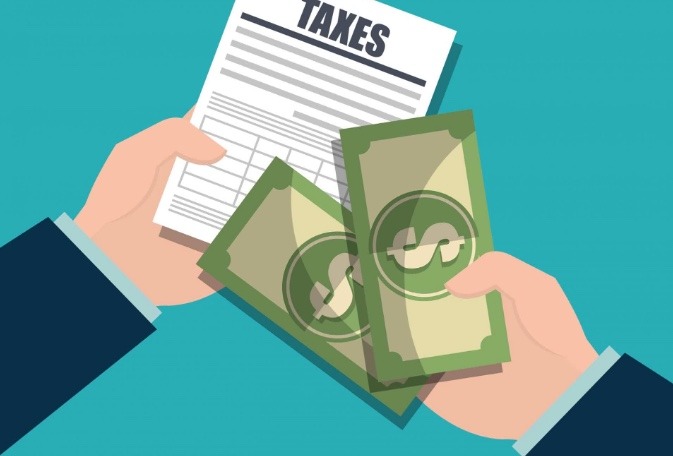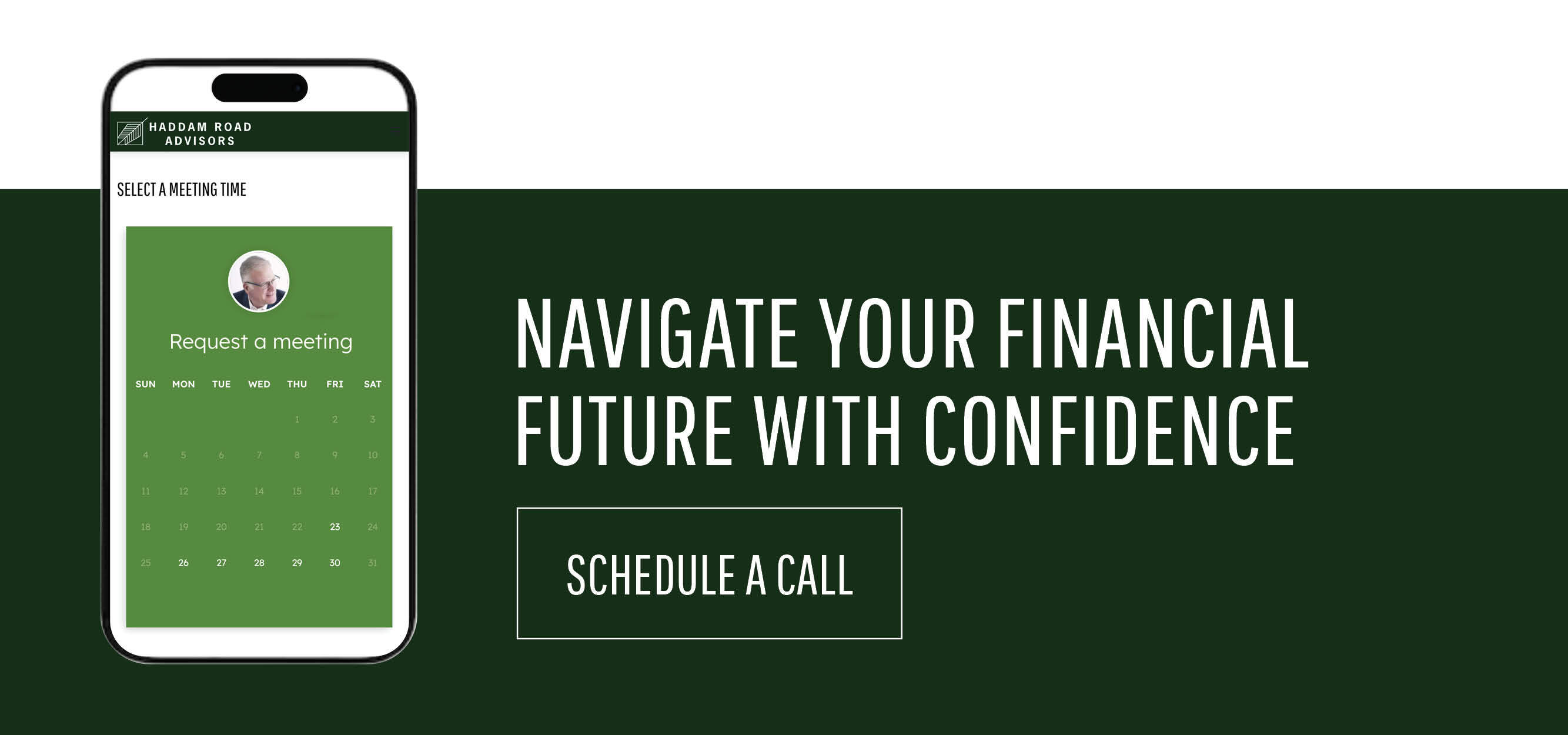The renowned economist Thomas Sowell once said, "There are no solutions, only trade-offs." This rings particularly true when dealing with negative cash flow. When you find yourself in a situation where more money is flowing out than coming in, there are only four main trade-offs you can make to address it.
At Haddam Road Advisors, our Financial Planning Standard of Care outlines over 70 different financial issues you might face throughout your life. Today, we’ll focus on one of those issues: cash flow analysis. Specifically, what do you do if your cash flow turns negative? Let’s explore the four primary trade-offs using our Planning Grid.
1. Increase Your Income
The most obvious and often the first solution people consider is to increase their income. But while this sounds straightforward, it’s not without its own trade-offs.
- Side Hustles or New Ventures: You could create a side business or take on extra work. But what’s the cost? More time, energy, and possibly even capital investment.
- Developing New Skills: You might consider upskilling to qualify for higher-paying roles, but this too involves trade-offs in time and money for education or training.
- More Aggressive Investments: You could also opt to make riskier investments to potentially boost your income. However, with more aggressive investments comes higher risk. Could you lose more than you gain?
While increasing income is an attractive option, it often comes with a hefty price - whether that’s in terms of time, risk, or tax consequences. And what are the tax implications if this income pushes you into a higher tax bracket?
2. Reduce Your Outflows
The second trade-off is to reduce your outflows - in other words, cut back on spending. This can be a painful but necessary step to improve your cash flow.
- Examine Major Expenses: Start by analyzing your five biggest outflows. Are there ways to reduce or renegotiate these costs? For example, you might be able to negotiate lower payments on certain loans or switch to cheaper service providers.
- Lifestyle Adjustments: Reducing spending may mean changing your lifestyle—a difficult task in a society accustomed to comfort and convenience. It’s challenging but often essential when trying to rein in negative cash flow.
- Tax Strategy: Another way to reduce outflows is through tax planning. Are there ways to defer tax payments if you're a 1099 contractor? While deferring taxes can offer short-term relief, it may not be the most efficient strategy long-term.
Cutting expenses requires discipline and is often difficult to sustain. However, it can be one of the quickest ways to address negative cash flow.
3. Sell Something You Own
Another trade-off is to sell assets. This option provides an immediate inflow of cash to cover shortfalls in your budget.
- Investments or Possessions: You might sell off investments, valuable possessions, or even property. The trade-off here is deciding whether the asset is more valuable to you than the immediate cash it can bring in. Do you part with something you love or an investment that could grow?
- Tax Implications: Selling an asset—whether it’s an investment or a possession—could trigger tax consequences. For example, selling a stock might result in capital gains taxes. It's important to factor these potential taxes into your decision-making process.
Selling assets can provide quick relief, but it also reduces your overall net worth. The decision to sell should be weighed carefully, keeping long-term financial goals in mind.
4. Borrow Money
The fourth option is to borrow money, but this trade-off can have long-term consequences. Essentially, when you borrow, you're pulling future income into the present to cover today’s shortfalls.
- Cost of Borrowing: When you borrow money, you’re effectively renting it. And renting money isn’t free—whether through interest on a loan or fees on a credit card, borrowing adds another layer of costs to your financial picture.
- Debt Management: While borrowing can solve a short-term cash flow problem, it creates future obligations. But having a solid plan to pay back what you borrow can be incredibly empowering. Many people have successfully used debt strategically to grow their businesses or stabilize their finances. The key is to develop a disciplined repayment plan.
- Debt Forgiveness: If you're thinking about borrowing money, consider the current conversations around debt forgiveness. While it may seem like a relief, remember that forgiven debt is often treated as a taxable event, adding another layer of complexity to your situation.
Borrowing can be a useful short-term solution, but it comes with future costs. The important thing is to manage debt responsibly and avoid relying on it as a permanent solution to cash flow problems.
The Moral of the Story: Stay Positive (With Your Cash Flow)
In financial management, your primary goal should always be to maintain positive net cash flow. This prevents you from having to make unpleasant trade-offs. The four solutions we’ve discussed - increasing income, reducing outflows, selling assets, and borrowing money - all involve sacrifices and risk.
But with careful planning and prudence, you can navigate these trade-offs to maintain and grow your financial health. Remember, it's always about balance and being strategic with your financial decisions.
At Haddam Road Advisors, we help clients make these critical decisions by evaluating their entire financial picture. Our Financial Planning Standard of Care outlines about 70 different financial issues that you might encounter throughout your life.
In the next post, we’ll dive deeper into tax planning strategies and their role in managing your cash flow. If you have any questions or would like to schedule a call to discuss your financial situation, please schedule a call below.
- April 2025 (4)
- March 2025 (2)
- February 2025 (1)
- January 2025 (8)
- December 2024 (1)
- November 2024 (8)
- October 2024 (6)
- September 2024 (1)
- December 2023 (1)
- November 2023 (1)
- October 2023 (1)
- August 2023 (1)
- May 2022 (1)
- February 2022 (1)
- September 2020 (1)
- August 2020 (2)
- June 2020 (1)
- February 2020 (1)
- January 2020 (1)
- December 2019 (4)
- November 2019 (2)
- October 2019 (1)
Subscribe by email
You May Also Like
These Related Insights

The 4 "Solutions" to Negative Cash Flow

Understanding Different Types of Income and Taxation


